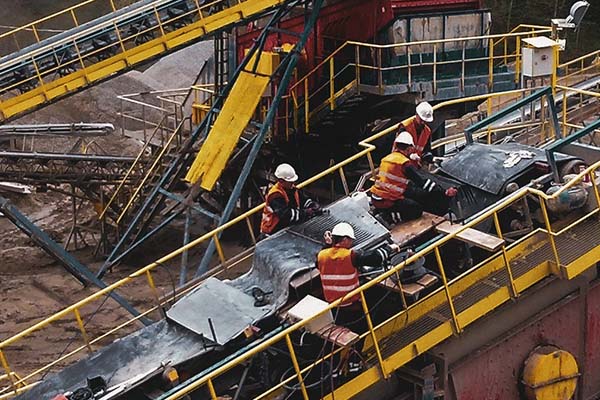Fenner Dunlop Blog

A year in the life of Dunlop Conveyor Belting
Andries Smilda, Sales & Marketing Director, looks back on a year of challenges and triumphs. As I look back at 2021, a year when this great company of ours celebrated its 100th anniversary, I feel a great sense of pride in what has been…
Read more

ATEX COMPLIANCE
ANTI-STATIC PROPERTIES Although not an actual cover grade in its own right, the anti-static (electrostatic dischargeability) properties of a conveyor belt are a major safety consideration in environments where dust created by the conveying of coal, grain, biomass, fertilizer or other potentially combustible elements…
Read more
The effects of ozone & ultra violet on rubber conveyor belts
There are two ‘invisible’ and inescapable factors that have a huge influence on the operational lifetime of a rubber conveyor belt. Those factors are ozone (O3) and ultraviolet light (UV). Contrary to popular belief, the damage they cause is not limited to high altitudes or sunny climates.
Read more

Splicing materials
The weakest point of any rubber conveyor belt is the splice joint. You can fit the best quality belt in the world but if the splice joints are not strong and durable enough then failure can be catastrophic and extremely dangerous. To get the…
Read more
Belt edges used in rubber conveyor belts
A guide to the types of belt edges used in rubber conveyor belts There are three basic types of belt edge – moulded, sealed and plain cut edge. The importance of which type to use is vastly underrated. Choosing the wrong type costs many conveyor…
Read more
Conveyor belting storage
A customer has asked for advice on the correct way to store conveyor belts. This is an important subject that is often neglected. Even large industrial conveyor belts can be damaged if they are not stored or handled correctly. Fortunately, the ‘rules’ are quite straightforward.
Read more
